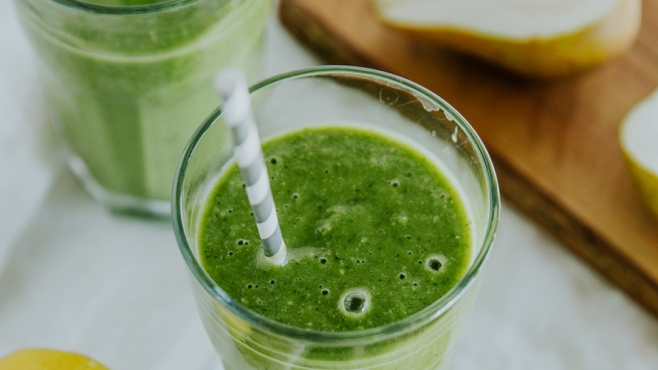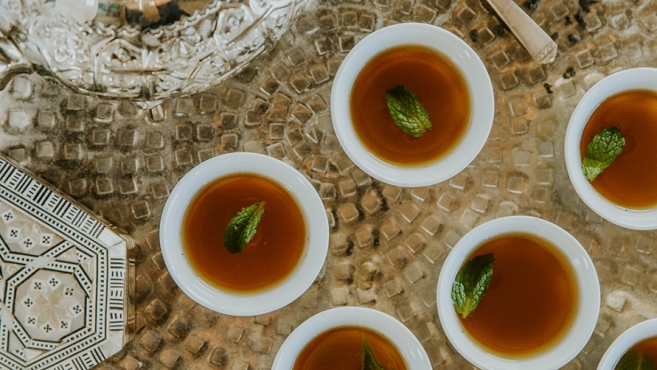Mint by the Glass

One of the most versatile ingredients, these simple recipes show off mint's range by the glass.
During the winter, mint sleeps under a blanket of snow waiting for the crocuses to indicate it's time to spring into action. Voracious and promiscuous in the garden, mint is easy to grow and breed — almost too easy. Left to its own devices, this perennial herb will happily take over the garden, sending runners and rhizomes underground to spread its growth. While it's a good companion when planted next to tomatoes, cabbage, carrots and onions, deterring pests, it's best to confine mint, with barriers or in containers, to keep it from conquering all.
It's also an incredibly versatile ingredient. Having adapted to growing in warm and cool climates, mint can be found in dishes around the world— from Vietnamese spring rolls and Moroccan tea to tabbouleh and traditional borsch. It has been hybridized to create more than 100 varieties, including apple, chocolate and pineapple mint and spicier varieties, such as basil and peppercorn, used in savoury and sweet dishes, hot teas and cool cocktails.
Not to mention that mint has been used for centuries for medicinal purposes (and I don't mean a mint Julep) as a digestive, antispasmodic and carminative (yes, that's right, it helps relieve f latulence, too) aid. Its high menthol content gives it a cooling and calming affect and it's high in antioxidants and antiviral compounds.
With all its benefits and flavour-enhancing properties, don't wait for spring to enjoy your own mint. Pot a mint plant in a container with rich soil and good drainage and place it in a sunny window in the kitchen. You can enjoy the following recipes all winter long.






